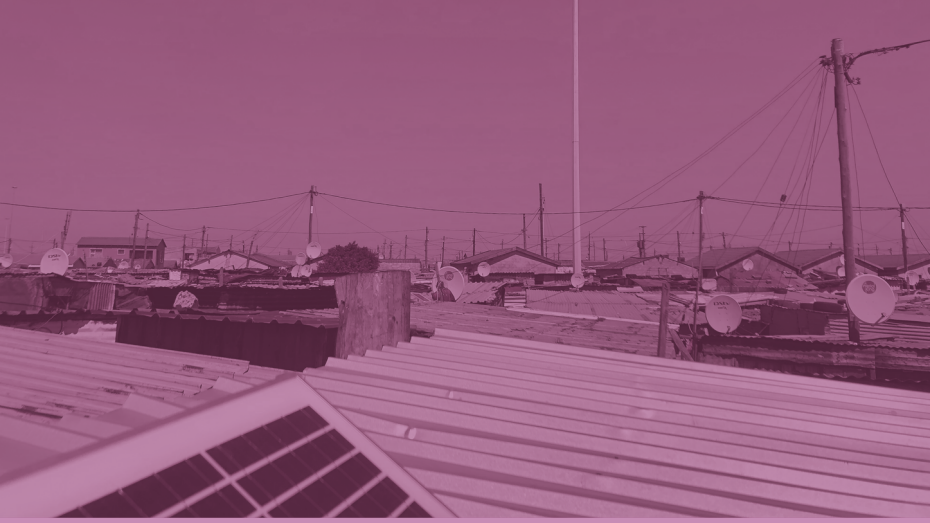Solar Lighting

As the cost of solar has declined rapidly over the last few decades, solar lights have increasingly been put forward as a solution for households living with no or inadequate access to electricity. The hope is that in the absence of reliable grid-based electricity, households with access to a solar light can experience some of the expected benefits of access to light at night, including: higher income, higher female employment, better educational outcomes for children, better health, and greater sense of security, among others.
Two randomized field experiments test the efficacy and impact of solar lighting in two very different contexts. The first study tests the adoption and impact of solar tasks lights in rural households in Western Kenya in order to understand whether these lights are a more affordable, better quality, and less polluting alternative to kerosene, which many families use in the absence of a grid connection.
The second experiment is part of a transdisciplinary research project conducted in collaboration with researchers from the ISTP and the Department of Architecture designed to test the efficacy and impact of outdoor solar lights as an alternative to the high-mast public lights commonly used in Cape Town’s informal settlements. Focused on a single informal settlement in Khayelitsha, on the outskirts of Cape Town, the study evaluates whether these lights — which are mounted onto people’s homes rather than poles due to the density of the neighborhood — are an effective alternative and whether they have effects on residents’ perceptions of safety and risk, their nighttime activities, and their experience of crime.
Researchers: Yael Borofsky, Isabel Günther
Alumni: Adina Rom
Publications
Views and News with Clarence Ford. external page Solar power light in townships. 2023.
Noah Schermbrucker. external page There’s a way to sort out lighting in informal settlements. 2023.
Borofsky, Y., Beleuchtung in informellen Siedlungen – das Schattendasein beenden. Almanach Entwicklungspolitik 2023: Urbanisierung im Globalen Süden. 2022.
Borofsky, Y. and Günther, I., Download Bringing Light To The Dark — Can Solar Public Lighting Improve Nighttime Life For The Urban Poor? (PDF, 9 MB) Working Paper. 2022.
Rom, A., Günther, I. and Borofsky, Y., Using sensors to measure technology adoption in the social sciences, Development Engineering, 2019.
Rom, A. and Gunther, I., Download Decreasing Emissions by Increasing Energy Access? Evidence from a Randomized Field Experiment on Off-Grid Solar Lights (PDF, 638 KB). Working Paper, 2019.
Rom, A., Günther, I. and Harrison, K., The Economic Impact of Solar Lighting: Results from a randomised field experiment in rural Kenya, 2017.